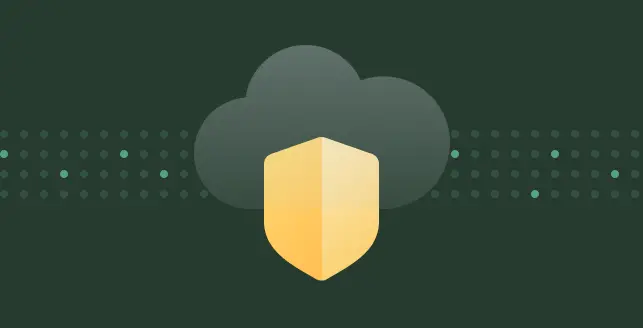
Atlassian Jira is a widely used project management and issue-tracking tool, trusted by organizations worldwide. However, a security flaw in Jira Server and Jira Data Center—affecting versions before 8.5.8 and between 8.6.0 to 8.11.1—has raised concerns about sensitive data exposure.
This vulnerability allows unauthenticated remote attackers to access custom field names and SLA details through the /secure/QueryComponent!Default.jspa endpoint, potentially revealing critical business information.
In this blog, we’ll dive into the details of this vulnerability, explore its potential risks, and outline effective mitigation strategies to safeguard your Jira environment.
If your organization relies on Jira, understanding and addressing this issue is crucial to maintaining data security and compliance.
What are the impacts of sensitive data exposure vis insecure Jira endpoint?
The vulnerability in Atlassian Jira Server and Jira Data Center (before 8.5.8 and from 8.6.0 to 8.11.1) can have several security and operational consequences:
1. Exposure of internal business information
Custom field names and SLA (Service Level Agreement) names often contain descriptive metadata about internal processes, teams, and priorities.
Attackers can analyze this information to map out an organization’s project structures, workflows, and priorities, which could be leveraged in further attacks.
2. Reconnaissance for targeted attacks
- By identifying project-specific field names and SLA terms, attackers can craft highly targeted phishing emails that appear more credible.
For example, an exposed custom SLA name like “Critical Incident Response Time” could be used to impersonate IT or security teams in phishing campaigns.
- Attackers can identify how tickets are categorized, prioritized, or handled internally. This knowledge can help them plan privilege escalation attacks or exploit other Jira-related vulnerabilities.
3. Compliance and privacy risks
Organizations subject to data protection regulations (e.g., GDPR, HIPAA, ISO 27001) could face compliance violations if exposed metadata contains sensitive business or personal data.
Even if the data is not directly confidential, unauthorized access to system metadata may still be considered a security lapse that could lead to audit failures.
4. Competitive and reputational risks
If a company’s custom field names or SLA details become public, competitors or malicious actors could infer operational details, such as:
Key clients and their support priorities.
Internal project codenames or product development timelines.
Escalation policies and response times.
5. Increased attack surface for future exploits
Even though this vulnerability does not directly expose credentials or user data, attackers could combine this information with other Jira vulnerabilities
Organizations failing to patch this issue may signal weak security posture, making them more attractive targets for attackers.
How can you prevent sensitive data exposure via insecure Jira endpoint?
To mitigate the risks associated with this Jira vulnerability, organizations should implement the following security measures:
1. Upgrade to a secure version
- Update Jira Server and Jira Data Center to 8.5.8 (LTS) or 8.11.2 or later, as these versions include security patches that address the issue.
2. Restrict access to the vulnerable endpoint
Use a Web Application Firewall (WAF) or a reverse proxy to block unauthorized access to /secure/QueryComponent!Default.jspa.
Restrict Jira access to trusted internal networks where possible.
3. Monitor for suspicious activity
Regularly review Jira logs for any unusual access patterns targeting the affected endpoint, especially from external IP addresses.
Implement Intrusion Detection and Prevention Systems (IDPS) to detect and block unauthorized access attempts.
4. Enhance access controls
Apply Role-Based Access Control (RBAC) to ensure only necessary users have access to sensitive metadata.
Disable unnecessary public access to Jira and enforce strong authentication mechanisms.
5. Conduct regular security assessments
Perform vulnerability scanning to detect and remediate misconfigurations or weaknesses in the Jira environment.
Keep Jira and its plugins updated to the latest secure versions to minimize attack vectors.
By following these preventive measures, organizations can effectively protect their Jira environment from unauthorized data exposure and potential exploitation.





